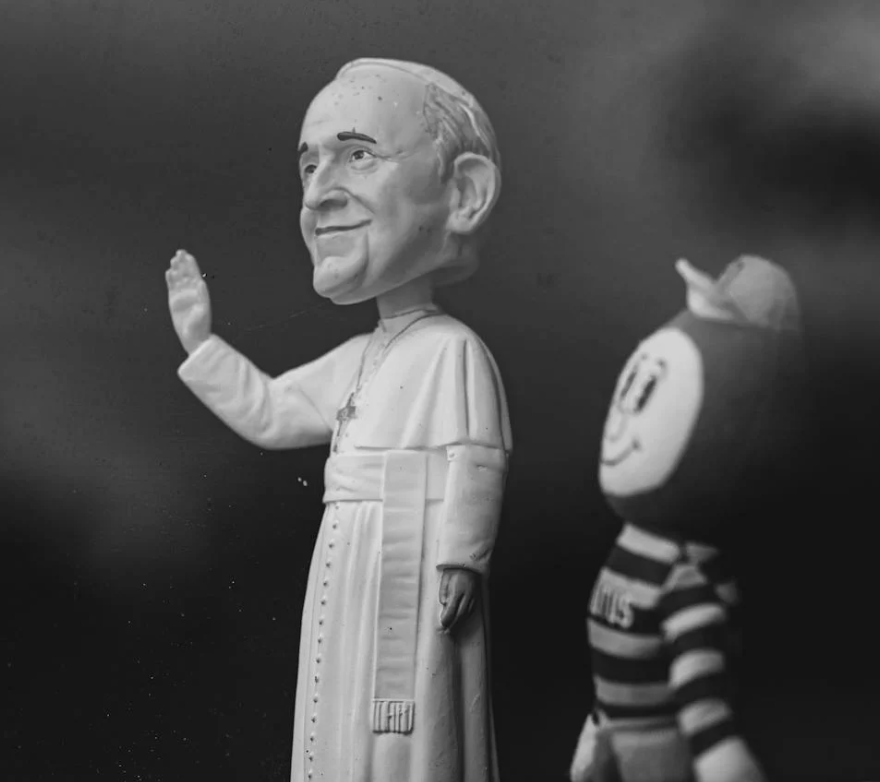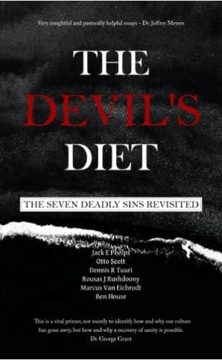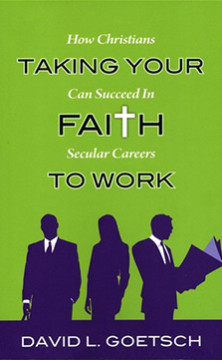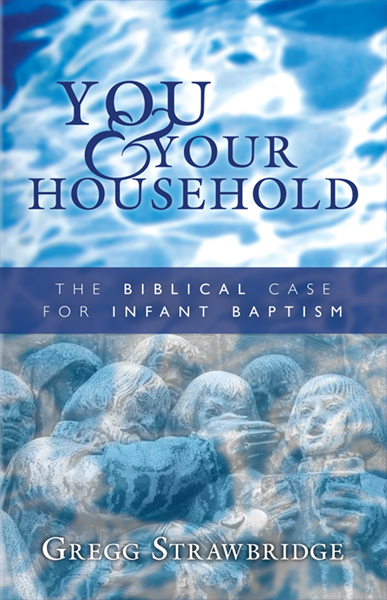A few days ago, Pope Francis was admitted to the hospital with what the Vatican has characterized as a complicated health issue. At 88 years old, he has faced ongoing medical concerns, and his condition remains a matter of concern. As his condition has progressed to double pneumonia, speculation is growing about the seriousness of his health and the possibility of his passing. Christian charity, of course, calls us to pray for his full recovery.
American Catholics and the Pope
Vice President JD Vance posted on X earlier today, calling for prayer for the Pope:
Although JD Vance has been in the news recently for clashing with the Bishop of Rome over the immigration policies of the Trump administration, he is also the highest ranking Roman Catholic leader in the American government. Vance converted to Catholicism in 2019, despite being raised in a conservative Protestant family of Scots-Irish descent in Appalachia.
In 2025, a call for prayer for the Pope seems largely uncontroversial. However, not long ago, such a request from an American politician would likely have been met with suspicion and even hostility. Ironically, much of the anti-Catholic sentiment that prevailed in the late 19th and early 20th centuries was fueled by the mass migration of Irish and Polish Catholics to the United States.
American Papal Politics
The first American President to meet with the Pope was Woodrow Wilson in 1919 during the Paris Peace Conference following the end of the First World War. Just four decades later, the American public would elect John F. Kennedy as their first Catholic president who famously quipped, “I am not the Catholic candidate for president. I am the Democratic Party’s candidate for president, who happens also to be a Catholic.”
Since that time, meeting with the Pope has become common and many American politicians meet with the pope as a type of moral figure—seeking his advice or help with issues of peace, justice, human suffering, and the like. President Ronald Reagan fought communism alongside Pope John Paul II establishing formal diplomatic relations by recognizing the Holy See on January 10, 1984. Since then George H. W. Bush, Bill Clinton, George W. Bush, Barack Obama, Donald Trump, and Joe Biden (himself a Catholic) have all met with the Pope.
Understanding the Papal Monarchy
Earlier relations with the Vatican help explain why political suspicions toward Catholicism persisted into the 19th century. Today, the Pope is recognized primarily as the spiritual leader of the Roman Catholic Church, but historically, he also wielded significant political power as the ruler of the Papal States over central Italy, serving as both a religious and secular authority. The Pope’s political influence fluctuated over the centuries, but from the 11th-century Investiture Controversy until the Napoleonic era, he operated as both an Italian statesman and the head of the Roman Catholic Church. This nearly 1,000-year reign of the Pope as a monarch ended when Italy annexed the Papal States in 1870. However, the Papacy refused to recognize the Italian government until the signing of the Lateran Treaty with Mussolini in 1929, which established the Vatican City as an independent 110 acre city-state.
Modern Changes in the Roman Church
The Roman Catholic Church that once stirred fear and suspicion among Americans in the early 20th century has undergone a dramatic transformation. Concerns over secretive rituals and Latin incantations—once emblematic of Catholicism’s perceived “foreignness”—were directly challenged from within during the Second Vatican Council (1962-1965). This set of reforms modernized (or we could say Protestantized) the Church, introducing the use of vernacular languages in worship and making Catholicism more accessible to American culture.
At the same time, the rise of secularization has reshaped the American political landscape, altering the traditional religious alignments that once defined American public life. Today, pro-life Catholics often align with the Republican Party, championing issues of life and religious liberty, while progressive Catholics, represented by figures like Joe Biden and Nancy Pelosi, embody a more “socially progressive” vision of the Church’s role in public life. As Catholic identity has changed, so have our American sentiments.
The Next Pope and Kuyperian Politics
Pope Francis has been a confusing figure—at times aligning with traditionalists on issues of marriage, gender, and the sanctity of life, while also drawing criticism for his stance on the Latin Mass, climate policy, and immigration. His successor, whether chosen soon or years from now, will continue to shape not only the future of the Roman Catholic Church but also global politics, including the landscape of American public life.
As Kuyperians, we must recognize the importance of Catholic co-belligerence in at least the political sphere. While theological differences remain, history shows that Protestants and Catholics must find common ground in resisting secular humanism.
Abraham Kuyper himself demonstrated this principle by forming a strategic alliance with Dutch Catholics to protect Christian education against an increasingly secular state. In the Netherlands, Kuyper’s Anti-Revolutionary Party worked alongside the Catholic League, as both sought to uphold Christian influence in public life. This coalition was instrumental in protecting religious schools and ultimately helped Kuyper rise to Prime Minister. Here’s a fantastic Dutch political cartoon critiquing this Kuyperian vision. (The Dutch reads: Voters! Vote Wednesday, June 28, against the Monster Alliance. Calvin and Rome go hand in hand. May God protect our Fatherland!“)

As we consider the future of Christendom in a rapidly secularizing world, Kuyper’s example reminds us that strategic alliances—rooted in shared convictions—can be powerful tools in preserving Christian influence in the public square.




















